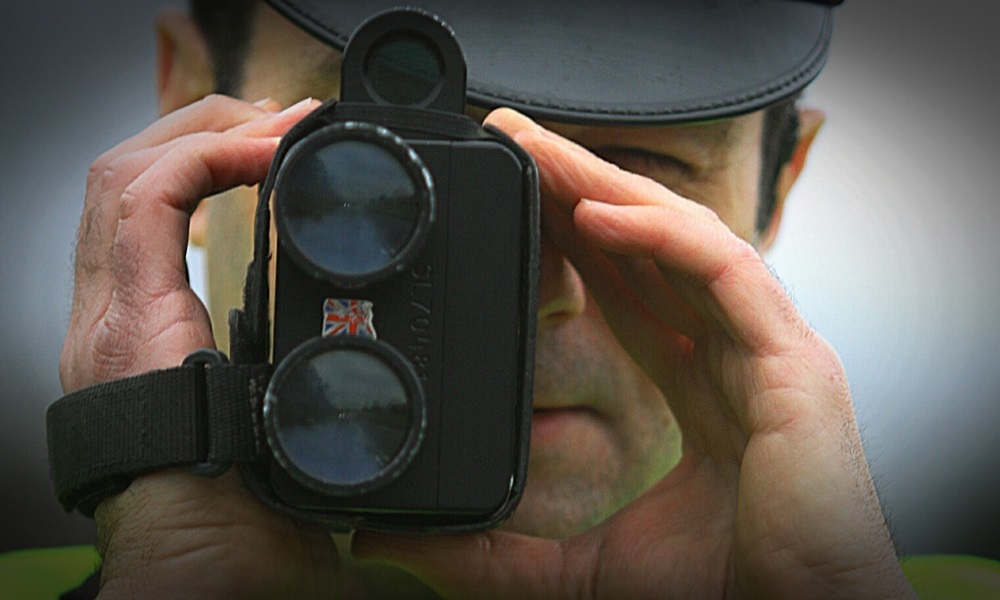A Dundee solicitor has been acquitted of a speeding charge after a traffic expert said police evidence about his speed and distance travelled while they “clocked” him with a laser speed gun was “not possible”.
Kristofer Gilmartin, 33, of Norrie and Gilmartin Solicitors, had denied driving at 51mph in a 30mph limit on June 8 last year at Dundee Road, Broughty Ferry.
Police had clocked his car shortly before 6.30pm from their position on Dundee Road at its junction with Ravenscraig Gardens.
Mr Gilmartin, who was represented by solicitor Ian Houston, had argued that his vehicle was one of several travelling eastwards towards Broughty Ferry and suggested the reading of 51mph could have been from any one of the cars, or was simply wrong.
The two police officers involved told the Justice of the Peace court that their procedures had been carried out properly, the laser gun had been tested and recalibrated and was working properly.
They said they had tracked Mr Gilmartin’s vehicle for three seconds before the laser gun locked his speed.
They had measured out the distance his vehicle had been from their position on Dundee Road when they first observed him and said they had then tracked the car for three seconds before a speed of 51mph was recorded at a distance of 137 metres.
However, traffic consultant Jim Allan, a former Central Scotland traffic police inspector, said under their calculations, the total distance covered by Mr Gilmartin’s vehicle, from when they first saw it till when the speed was locked in, would have been 205.4 metres, which was “not physically possible” given the locus.
He said the distances as provided did not stand up to scrutiny and said that while the junction of Ravenscraig Gardens was a suitable place for speed enforcement, he said “extreme caution” must be exercised by any operator of a laser device to avoid erroneous readings.
Mr Gilmartin said after the case: “I am relieved that I had a witness with me who could confirm what I said and that I was able to instruct a road traffic expert who could show the court that the evidence the police gave was not possible.”
